This article was co-authored by Karina Klimtchuk, L.Ac., DACM, Dipl. OM. Dr. Karina Klimtchuk is a Licensed Acupuncturist, Diplomate of Oriental Medicine, Faculty Member at Yo San University of Traditional Chinese Medicine, and the Owner of Kai Wellness. She specializes in holistic health, Chinese herbal medicine, and functional medicine. Dr. Klimtchuk also helps patients through emotional and spiritual trauma. She holds a BA in Psychology and Sociology from The University of Massachusetts, Boston, a Master's from Emperor's College in Santa Monica, CA, and a Doctorate of Acupuncture and Chinese Medicine (DACM) from Pacific College of Oriental Medicine.
wikiHow marks an article as reader-approved once it receives enough positive feedback. In this case, several readers have written to tell us that this article was helpful to them, earning it our reader-approved status.
This article has been viewed 152,982 times.
Ear reflexology is not as well-known as foot or hand reflexology, but can relieve stress and pain. Application of ear reflexology is fast and easy. You massage pressure points on the ear to treat aches and pains throughout your body. Remember, reflexology is not a cure. If you have a chronic medical condition, see a doctor.
Steps
Beginning the Reflexology Process
-
1Have a reflexology chart on hand if possible. It's great to go into the situation with a reflexology chart.[1] If you forget any of the pressure points on the ears, you can quickly consult your chart. If possible, bring a reflexology chart into the room where you'll be doing ear reflexology.
-
2Get in the right position. You should do reflexology in a quiet room where you will not be disturbed. Find a comfortable chair or couch. Sit upright in a comfortable position to do ear reflexology.Advertisement
-
3Prepare your ears for touch. Start with the lobes. Gently press your lobes between your index finger and thumb. Pull them down gently as you press them. Do only a gentle tug. Stop pulling if you feel pain.
-
4Check for sensitive areas. You do not want to perform reflexology on any sore areas of your ears. Trace your fingers along your ears. Notice any sore or sensitive areas, or any scratches or abrasions. Leave these areas alone while doing reflexology. Reflexology should reduce, not increase, pain and discomfort.[4]
Massaging the Pressure Points
-
1Focus on your back and shoulders. If your back and shoulders are bothering you, massage your ears on the pressure points that target these areas. The pressure points are found on the top of your ear, near its tip. Massage the tips of your ears to address back and shoulder issues.[5]
- You can massage your ears for anywhere from a few minutes to half an hour. For a very sore back and shoulders, focus on these pressure points longer. If your back and shoulders are not a major problem, only linger near your ear tips for a few minutes.
-
2Deal with joint pain. If you have joint pain, the pressure point for this is found in the upper middle part of the ear. To address joint pain, gently massage this area. Apply pressure to this area for only a few minutes to see a potential change.
- For best results, apply pressure once a day.
-
3Address your organs. For severe internal pain, you should always talk to a doctor. However, if pain persists after medical treatment, reflexology may help you ease some of that pain. The pressure point for organ pain is where the bridge of your ear meets the outside of the ear. Massage this area for a few minutes.
-
4Help with your sinus and throat. For sinus and throat problems, focus on the pressure point in the lower-inner portion of the ear. Apply gentle pressure here. For some, this helps clear out sinuses and allow easier breathing.[6]
- Any chronic sinus or throat problems should be addressed by a doctor.
-
5Deal with digestion. Digestive issues can be aided by applying pressure to the point just above the earlobe. Spend a few minutes gently massaging this area.
- For best results, massage this area as digestive discomfort occurs.
-
6Focus on the head and heart. The earlobe is closely associated with the head and heart. Pressure headaches may be helped by massaging the earlobes.[7]
- If you have very intense headaches or chest pains, see a doctor.
Taking Safety Precautions
-
1Refrain from reflexology if you have health conditions. Not everyone should do reflexology. If you have any of the following health conditions, refrain from reflexology:
- Deep vein thrombosis
- Thrombophlebitis
- Cellulite on your feet or your hands
- An infection
- A high temperature
- A high-risk pregnancy
- Two weeks after a stroke
-
2See a doctor for persistent symptoms. Reflexology is not a medical science. While some people find it effectively helps manage aches and pains, you should not rely on it to treat chronic conditions. Any type of ache or pain that does not go away on its own should be evaluated by a medical professional.
-
3Understand reflexology is not a cure. If you have a chronic condition, remember reflexology will not cure it. Something like chronic sinus issues, for example, will continue to be an issue even when using reflexology. Think of reflexology as a means to ease symptoms rather than cure a medical ailment.
Warnings
- You can use a small, blunt reflexology tool to apply pressure to the inner ear reflex points, but be sure the object is not pointed and that you don’t insert it into your ear canal.⧼thumbs_response⧽
Things You’ll Need
- Ear reflexology chart
- Blunt stick (optional)
References
- ↑ Karina Klimtchuk, L.Ac., DACM, Dipl. OM. Licensed Acupuncturist & Diplomate of Oriental Medicine. Expert Interview. 25 August 2021.
- ↑ Karina Klimtchuk, L.Ac., DACM, Dipl. OM. Licensed Acupuncturist & Diplomate of Oriental Medicine. Expert Interview. 25 August 2021.
- ↑ Karina Klimtchuk, L.Ac., DACM, Dipl. OM. Licensed Acupuncturist & Diplomate of Oriental Medicine. Expert Interview. 25 August 2021.
- ↑ https://www.ahealingcollective.com/ear-reflexology/
- ↑ https://www.reflexologyasr.com/post/discover-more-about-ear-reflexology
- ↑ http://seminoleheightsacupuncture.com/do-it-yourself-ear-acupressure/
- ↑ https://www.ahealingcollective.com/ear-reflexology/




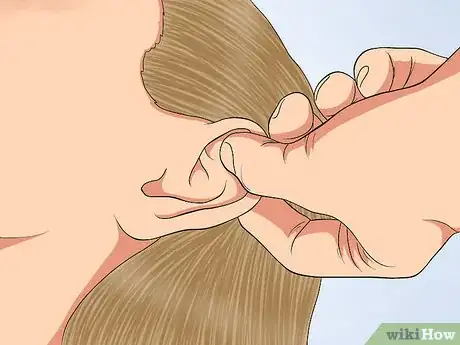
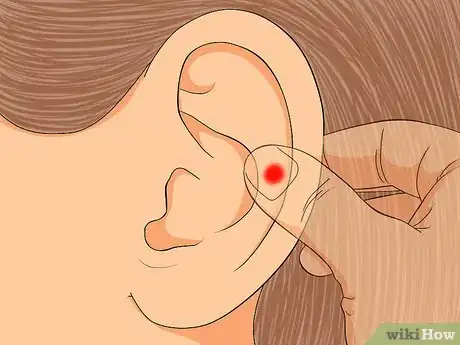




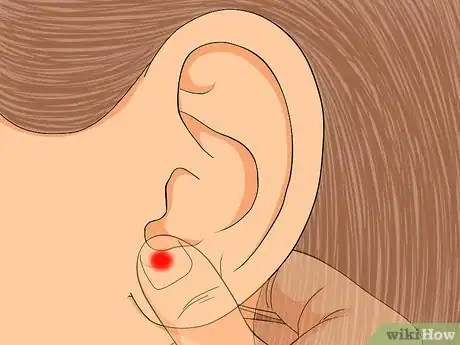


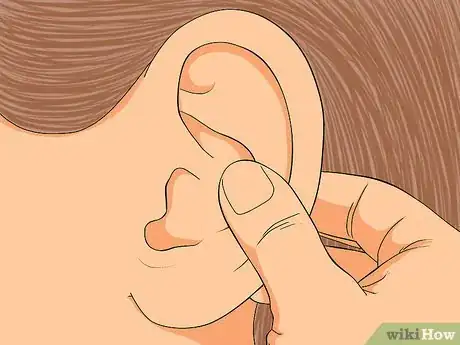
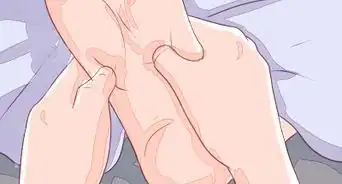
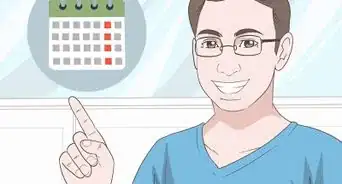
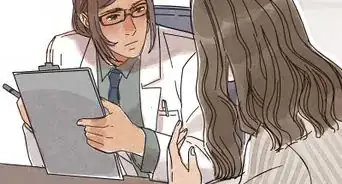

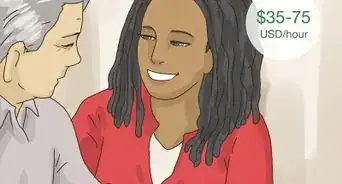
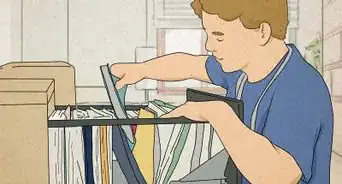


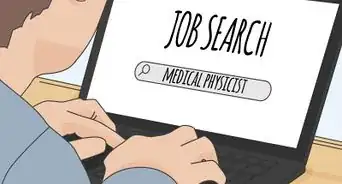




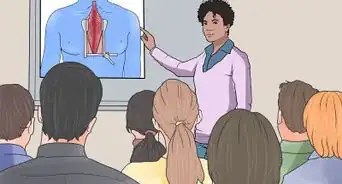








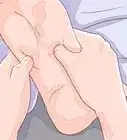

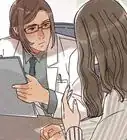





































Medical Disclaimer
The content of this article is not intended to be a substitute for professional medical advice, examination, diagnosis, or treatment. You should always contact your doctor or other qualified healthcare professional before starting, changing, or stopping any kind of health treatment.
Read More...